EDitorial Comments
Happy Birthday, Spencer Bennet!
Who, you ask, was the King of the Motion-Picture Serial? Well, most aficionados would bestow the title on Buster Crabbe. Others would nominate Kane Richmond. A fair number might say the distinction belongs to Tom Tyler, or Ralph Byrd, or maybe even Kirk Alyn. Fifty years ago, old-time fans would have nominated Eddie Polo, William Duncan, William Desmond, or Charles Hutchison. Good choices, all. But the real Serial King — the one man synonymous with this unique film format — has got to be Spencer Gordon Bennet, born on this day in 1893.
As a daring and athletic young man Bennet did stunts for, and helped with the production of, Pathé’s landmark chapter play The Perils of Pauline (1914). He continued to work in the same capacity on numerous Pathé serials for the next several years, sustaining serious burns while performing a fire stunt for The Shielding Shadow (1916). World War I service with the AEF interrupted Bennet’s career, and he stayed in Europe for a year or so after the conflict ended. But when he returned home he found his old job waiting for him. Bennet soon became an assistant director to George B. Seitz, who was entrusted with turning out the serials starring Pearl White, Pathé’s biggest moneymaker and the first Serial Queen to become an international sensation.
Additionally, in 1919 veteran writer-director Seitz began producing chapter plays in which he also starred. Bennet practically co-directed these vehicles, staging many of the scenes in which his boss appeared. He also stunted and played supporting roles in Seitz serials, most notably as a motorcycle cop in The Sky Ranger (1921). This was valuable on-the-job training. Bennet developed the skill of visualizing edited sequences in his head, which enabled him to shoot only such fragments of film as would be needed to realize that vision. By knowing where the editor would normally insert a quick reaction shot, he would shoot just the brief flash required, rather than stage the entire scene in close-up only to have most of the footage discarded in the assembly process. This procedure saved time, money, and film stock.
In 1925, when George B. Seitz accepted former colleague Lucien Hubbard’s offer to direct several big-budget Zane Grey Westerns for Paramount, Spence assumed his position as full director of Pathé’s East Coast serial unit. Working closely with Frank Leon Smith, who doubled as scenario writer and production supervisor, Bennet efficiently turned out the ten chapters of Play Ball, which starred the newly minted team of Allene Ray and Walter Miller. Later that year the same stars, writer, and director collaborated on The Green Archer, one of the most critically and commercially successful serials of the Twenties. Years later Bennet said he considered Archer the best chapter play he ever directed.
The following year Frank Leon Smith took his leave of the serial unit after clashing with Pathé management. To avoid leaving his old friend Bennet in the lurch, Smith first completed the scenarios, selected locations, and approved casting for the serial then in development. This ten-chapter opus was The House Without a Key (1926), based on the Earl Derr Biggers novel that introduced famous detective Charlie Chan.
Having relocated permanently to California, Bennet soldiered on for Pathé until the firm ended serial production in 1929. Without a job for the first time in his life, the 36-year-old director started freelancing, selling his services mostly to independent producers who specialized in low-budget Westerns and action-oriented melodramas. He directed two serials in the Thirties: The Last Frontier (1932) and The Mysterious Pilot (1937).
Bennet contracted with producer Larry Darmour, then producing chapter plays for release by Harry Cohn’s Columbia Pictures, to helm two serials in 1942. Darmour passed away shortly after the deal was signed but Spence completed the episodic epics for Larry’s second-in-command, production manager Rudy Flothow, who eventually assumed on-screen credit as serial producer.
The next year, Spence became a contract director for Republic Pictures. Between 1943 and 1947 he helmed serials and “B” Westerns for the company; his best chapter plays during this period included Secret Service in Darkest Africa, The Masked Marvel, The Tiger Woman, Haunted Harbor, and Manhunt of Mystery Island.
The 1947-48 movie “season” saw Bennet working for erstwhile Poverty Row producer Sam Katzman, who had replaced Rudy Flothow as Columbia’s autonomous producer of serials. Either Columbia, or Katzman, or both decided to invest heavily in properties that had achieved success in other media — comic books, newspaper strips, radio dramas — and thus had built-in audiences. Production quality therefore took a back seat; money that might have been spent on better sets or special effects was allocated to licensing fees. Bennet’s well-known ability to bring in films on time and under budget was put to the test. His serials for Katzman included Superman, Batman and Robin, Congo Bill, Bruce Gentry, Atom Man vs. Superman, Captain Video, and Blackhawk. And he was at the helm of the last American chapter play produced for theatrical distribution, 1956’s Blazing the Overland Trail. In addition to being the most prolific director of serials — 52 in all, not counting the Seitz serials he worked on — he was involved with the form for its entire lifespan.
Bennet continued worked with Katzman (directing several of Sam’s Jungle Jim “B” films starring Johnny Weissmuller) and other producers of low-budget product. Unlike many of his contemporaries, Spence resisted the temptation to direct episodic TV after completing his last theatrical film, The Bounty Killer (1965). At that point — still a vibrant, healthy man — he chose to retire, enjoying his leisure time and staying in shape by swimming and playing handball regularly. He died in 1987 at the ripe old age of 94, having lived long enough to see his old films avidly collected on video by fans too young to have seen them in theaters.
Happy birthday, Spence!
The extremely rare photos accompanying this post are among those you can see in my recently released history of the silent serial, Distressed Damsels and Masked Marauders. It’s available right here at this site; just hop over to the Books page and it can be yours with one click of the mouse.
20,633 thoughts on “Happy Birthday, Spencer Bennet!”
Leave a Reply to James McArdle Cancel reply
Recent Posts
- Windy City Film Program: Day Two
- Windy City Pulp Show: Film Program
- Now Available: When Dracula Met Frankenstein
- Collectibles Section Update
- Mark Halegua (1953-2020), R.I.P.
Archives
- March 2023
- July 2021
- May 2021
- March 2020
- February 2020
- December 2019
- November 2019
- October 2019
- September 2019
- August 2019
- May 2019
- April 2019
- March 2019
- February 2019
- December 2018
- November 2018
- October 2018
- August 2018
- June 2018
- February 2018
- December 2017
- October 2017
- September 2017
- August 2017
- May 2017
- April 2017
- February 2017
- September 2016
- August 2016
- July 2016
- June 2016
- November 2015
- October 2015
- September 2015
- August 2015
- July 2015
- June 2015
- May 2015
- April 2015
- March 2015
- February 2015
- January 2015
- August 2014
- July 2014
- June 2014
- May 2014
- April 2014
- January 2014
- December 2013
- September 2013
- August 2013
- July 2013
- June 2013
- May 2013
- April 2013
- March 2013
- February 2013
- January 2013
- December 2012
- October 2012
- September 2012
- August 2012
- July 2012
- June 2012
- May 2012
Categories
- Birthday
- Blood 'n' Thunder
- Blood 'n' Thunder Presents
- Classic Pulp Reprints
- Collectibles For Sale
- Conventions
- Dime Novels
- Film Program
- Forgotten Classics of Pulp Fiction
- Movies
- Murania Press
- Pulp People
- PulpFest
- Pulps
- Reading Room
- Recently Read
- Serials
- Special Events
- Special Sale
- The Johnston McCulley Collection
- Uncategorized
- Upcoming Books
- Western Movies
- Windy City pulp convention
Dealers
Events
Publishers
Resources
- Coming Attractions
- Field Guide to Wild American Pulp Artists
- MagazineArt.Org
- Mystery*File
- ThePulp.Net

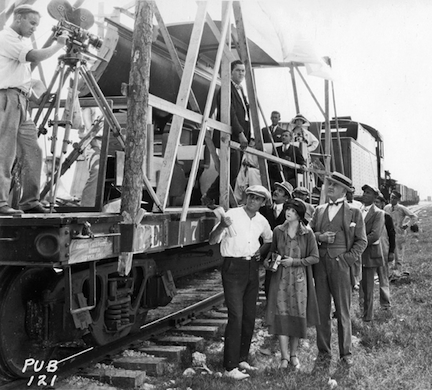
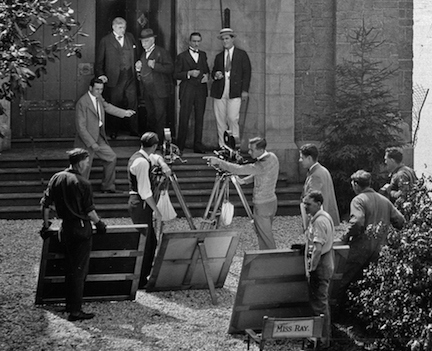

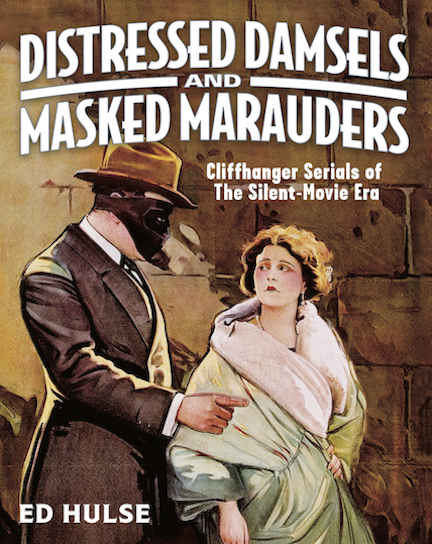


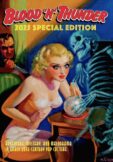
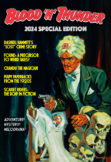
Ed, Another great article and I can’t wait until you release the companion volume to Distressed Damsels and Masked Marauders.
Great article
I was really impressed with your book on the silent serials. The research was amazing and the photos were really great, especially the behind the scenes ones like you used in this post. Totally informative book on a subject I never very little about except what I read in your mag BLOOD AND THUNDER.